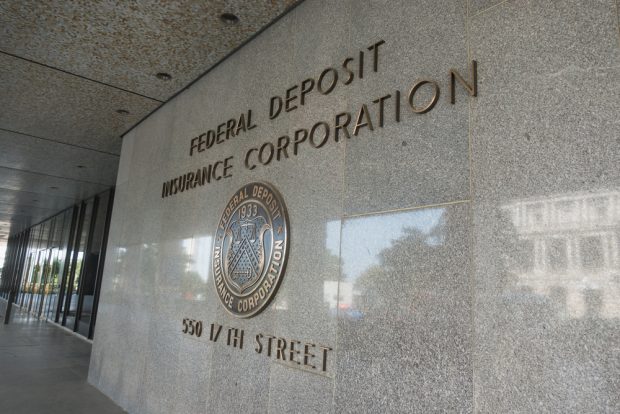 Visa announces changes in chargeback rules.
Visa announces changes in chargeback rules.
Credit unions and other card issuers may soon get a break on the cost of fraud, thanks to changes in chargeback rules scheduled to take place at Visa.
Starting this month, Visa is slated to stop blocking card-present U.S. counterfeit fraud chargebacks of less than $25 and stop limiting card issuers to 10 chargebacks per account for fraudulent counterfeit transactions. The move would change rules Visa put in place back in 2016 after the highly publicized EMV fraud-liability shift, which made retailers and other merchants liable for counterfeit fraud losses associated with cards present at the time of the transaction, thereby encouraging use of EMV cards, which are regarded as less susceptible to fraud.
Recommended For You
Under Visa's old rules, card issuers were on the hook for counterfeit chargebacks on card-present transactions under $25, as well as for any counterfeit fraud chargebacks on the account beyond the first 10.
At the time, Visa said the limits reinforced "the responsibility issuers already have to detect and act on counterfeit fraud quickly." It also said that implementing the $25 threshold and the 10-chargeback limit should cut down on the number of counterfeit chargebacks merchants see by 40% and the dollar amount of counterfeit chargebacks to merchants by 15%.
This month, Visa is scheduled to lift those limits, among other changes. Now, if a merchant's point-of-sale system is EMV compliant but it allows someone to swipe a counterfeit chip card through a magnetic stripe reader instead of inserting it into an EMV chip reader, the merchant will be held liable, according to the Temecula, Calif.-based National Merchants Association. Likewise, if fraud occurs because an acquirer doesn't provide a merchant with EMV-compliant equipment, the acquirer will be responsible for fraud-related chargebacks.
The change could mean credit unions and other card issuers will shoulder less of the cost of card fraud, and merchants and acquirers that aren't EMV-compliant will pick up more of the tab.
"This should dramatically benefit the issuer as well as the end-user or the cardholder," Chargebacks911 COO Monica Eaton-Cardone told CU Times.
But spend a few minutes with Eaton-Cardone and it quickly becomes apparent how complex the world of chargebacks will still be after the anticipated change. The wide assortment of rules and the number of players involved in chargebacks have in some ways facilitated other problems, she explained.
"Over the last two years, chargebacks that are the disputes that are processed for under $25 have increased dramatically. And one of the reasons for this is we've had the alert networks that have come in, and their participation has been, 'Look, you can send us chargebacks where you don't have a chargeback right, but the issuer is taking the hit. And for these, then we can help recover money from the merchant.' Well, what ends up happening is that those tools end up getting abused by some issuers. And so as a result, then they push even more of the low-ticket transactions," she noted.
"I know there were some issuers that got caught for actually scrubbing all of the transactions that came through, where they could identify that the chip reader wasn't present. And then, even though the cardholder never initiated a chargeback, it was a bad debt for the issuer. So the issuer would run all of those as chargebacks because, of course, the liability would rest on the merchant and there is no recourse," Eaton-Cardone added.
Eliminating a couple of Visa rules likely won't make chargebacks significantly simpler for credit unions or other card issuers, but it's an area they should be sure to understand, she said.
"I always think that chargebacks are like taxes," she added. "The better that you learn the rules, the less you're going to pay."
© Touchpoint Markets, All Rights Reserved. Request academic re-use from www.copyright.com. All other uses, submit a request to [email protected]. For more inforrmation visit Asset & Logo Licensing.






